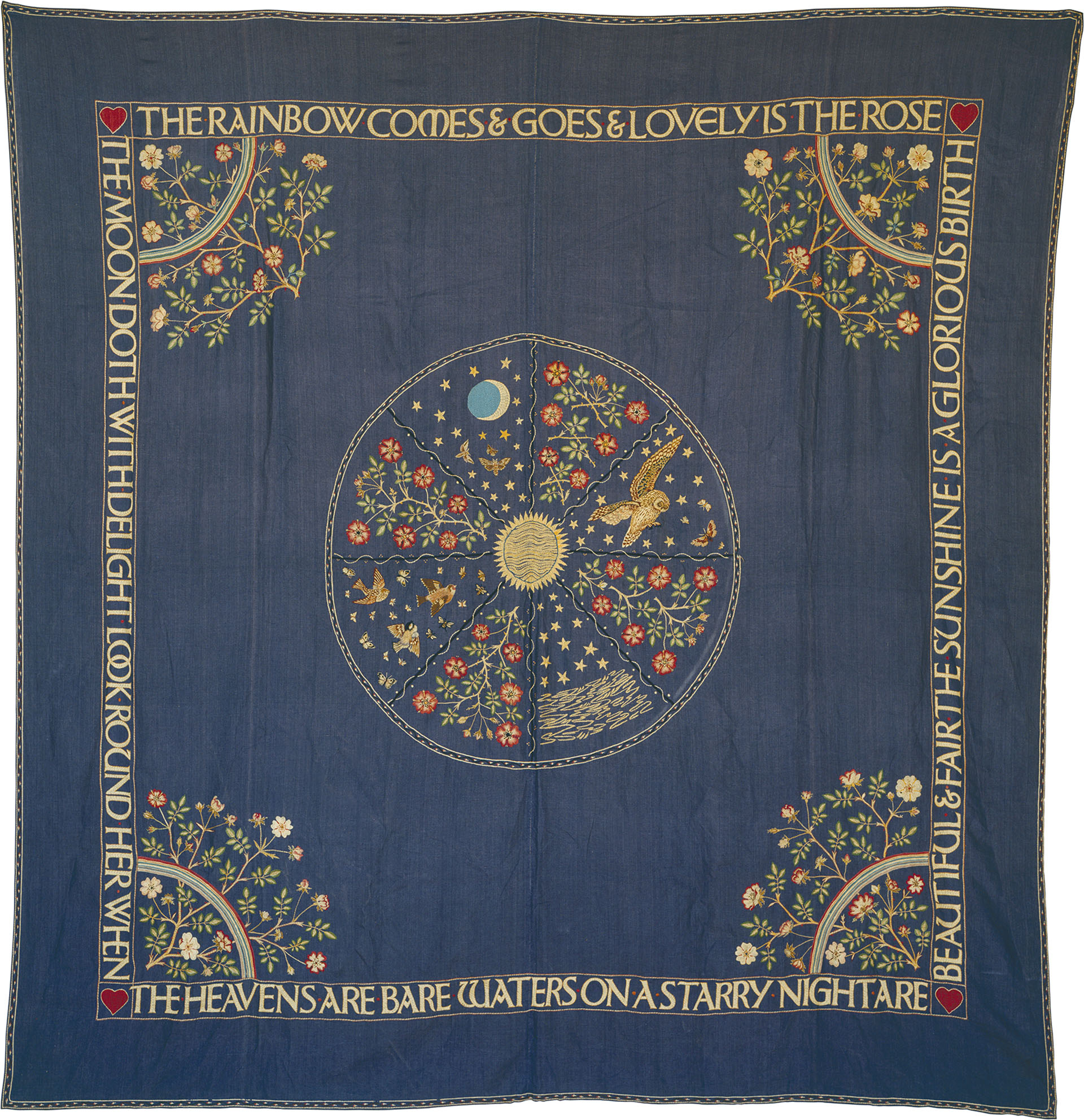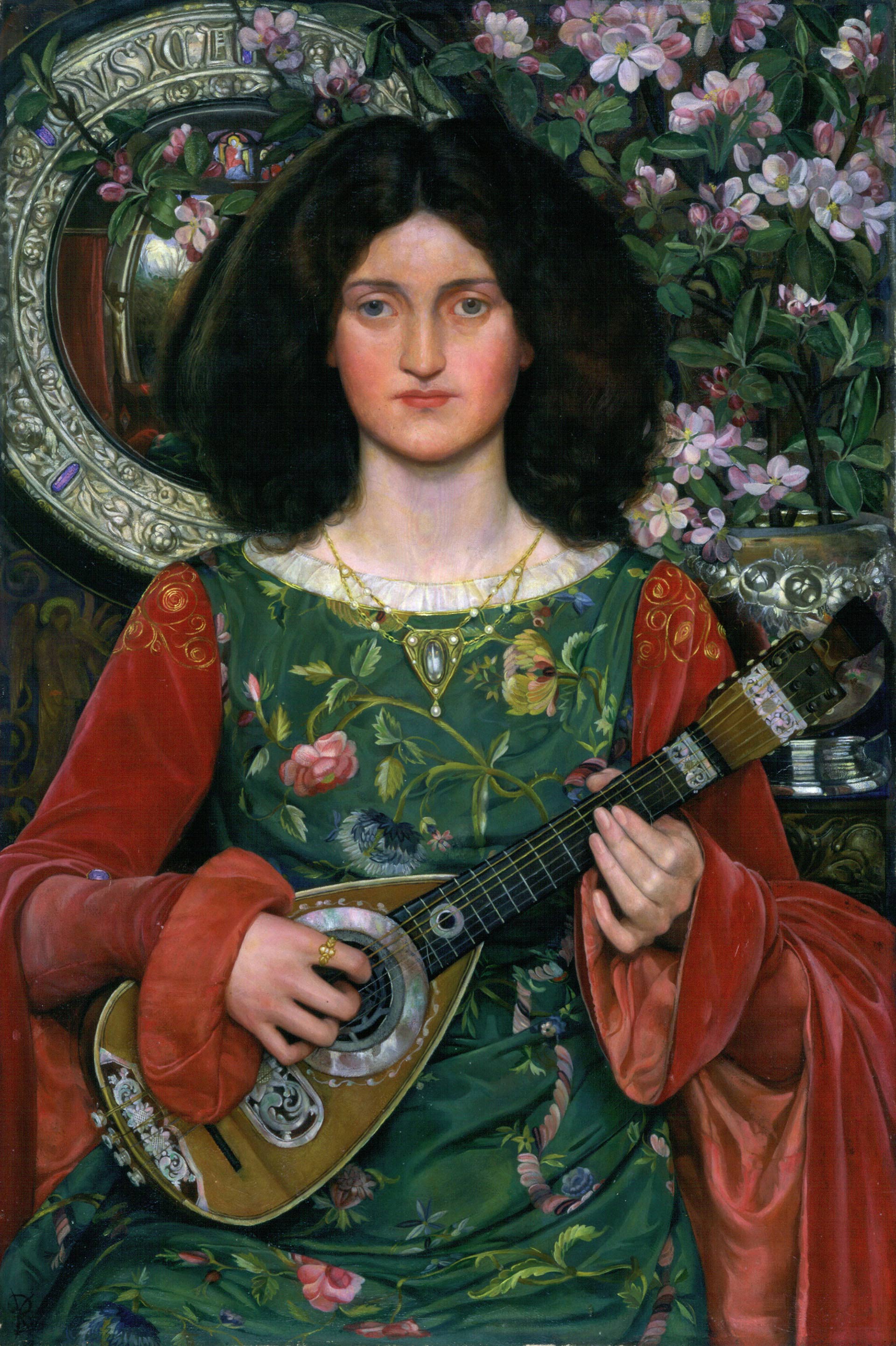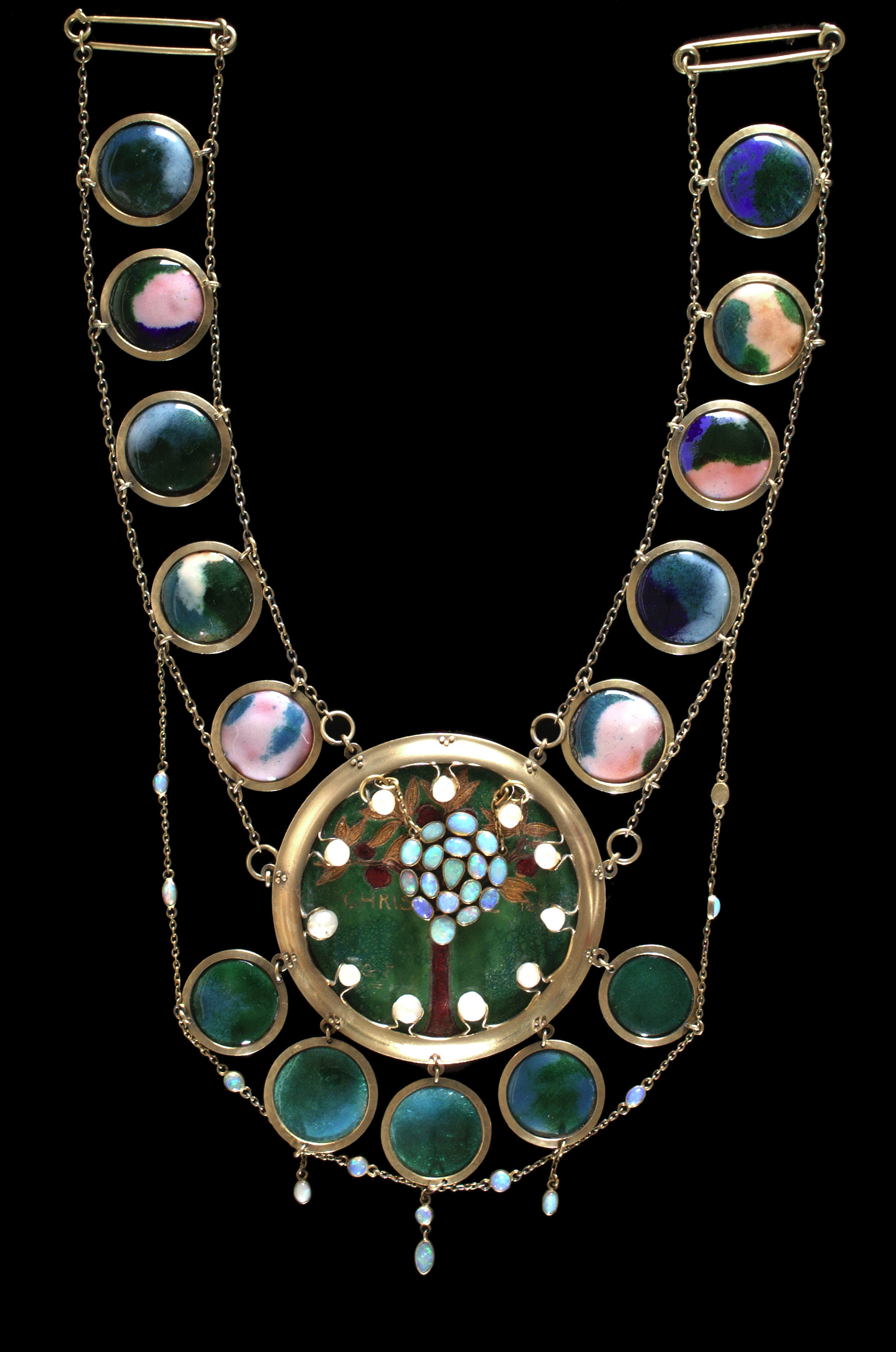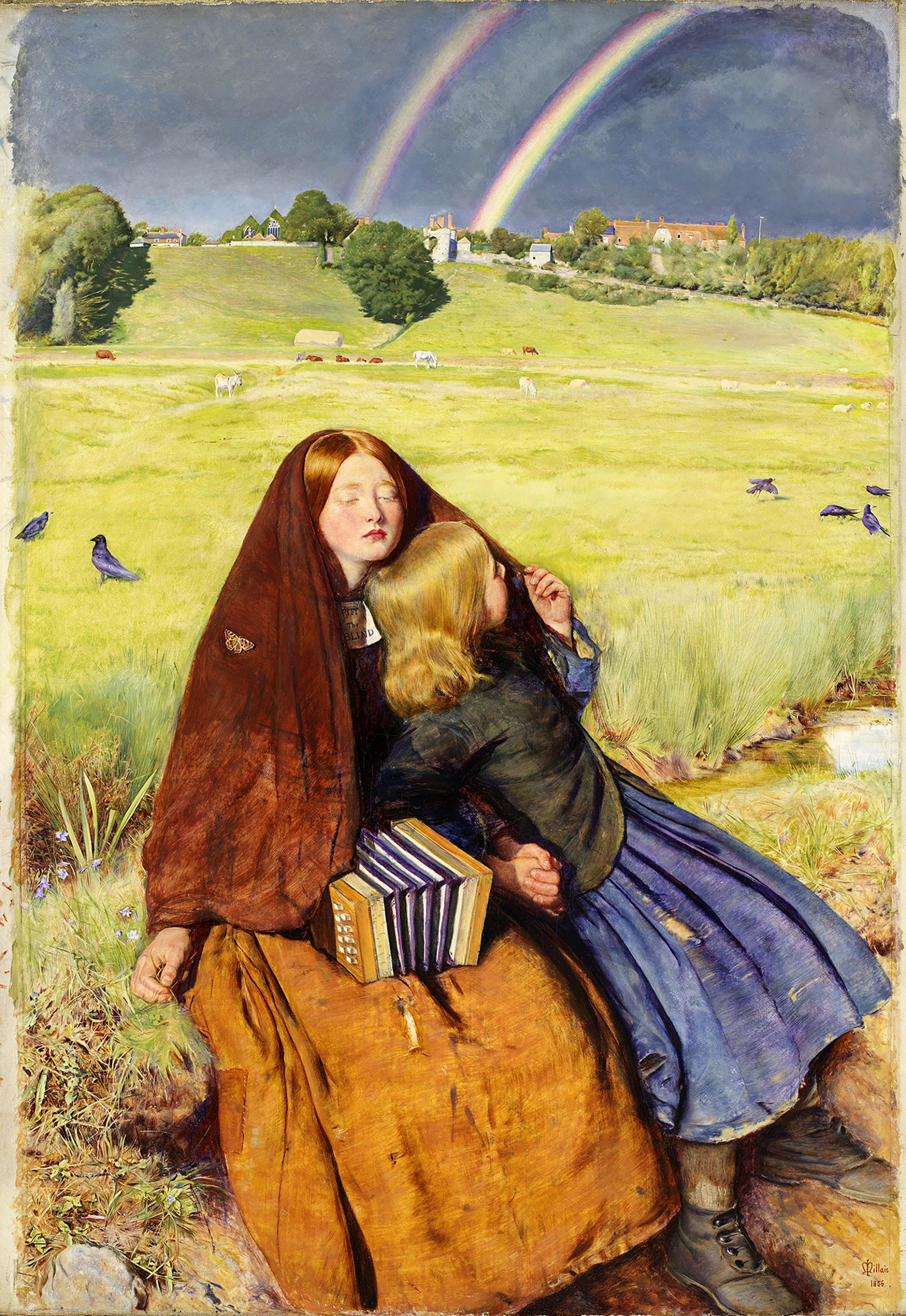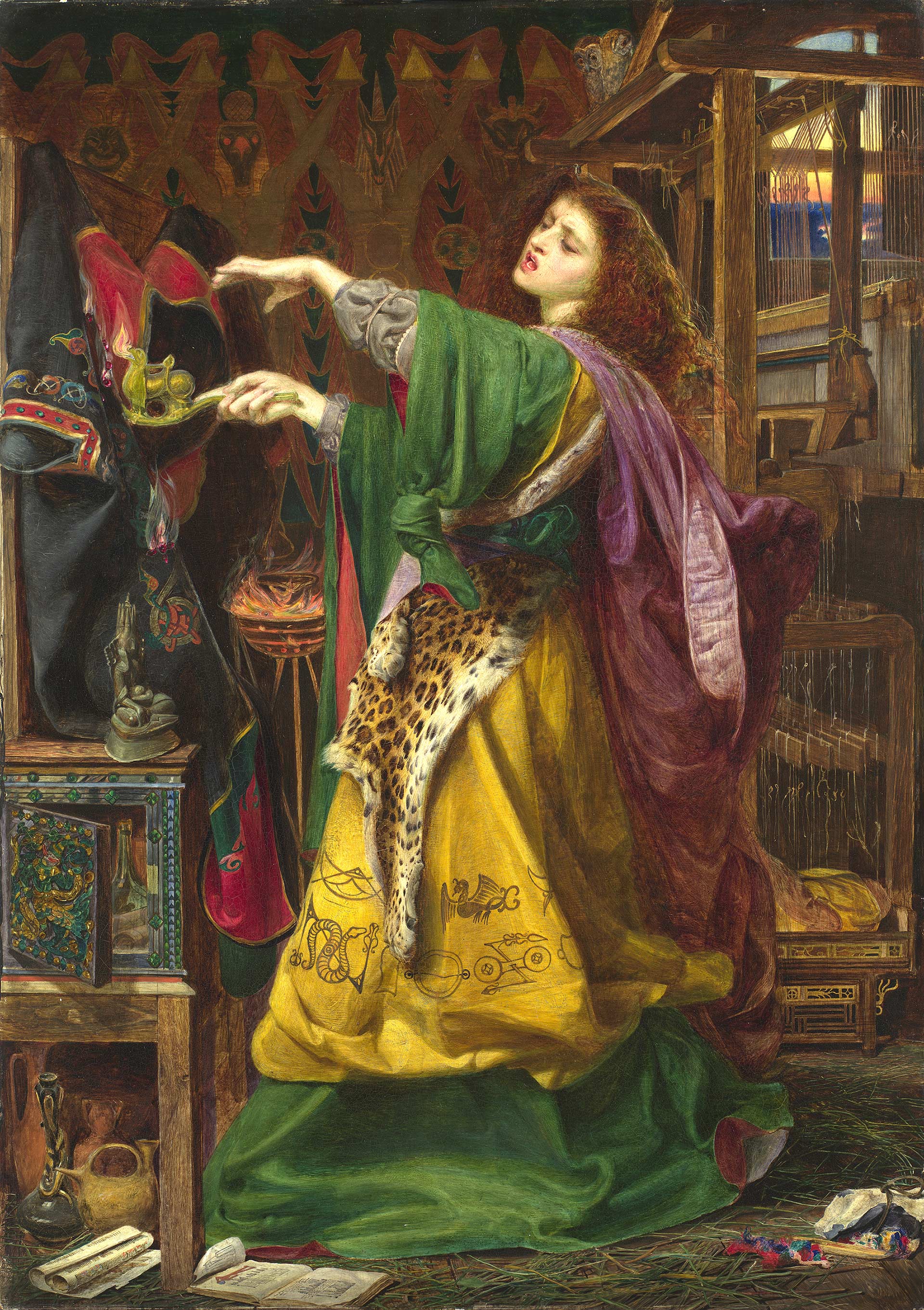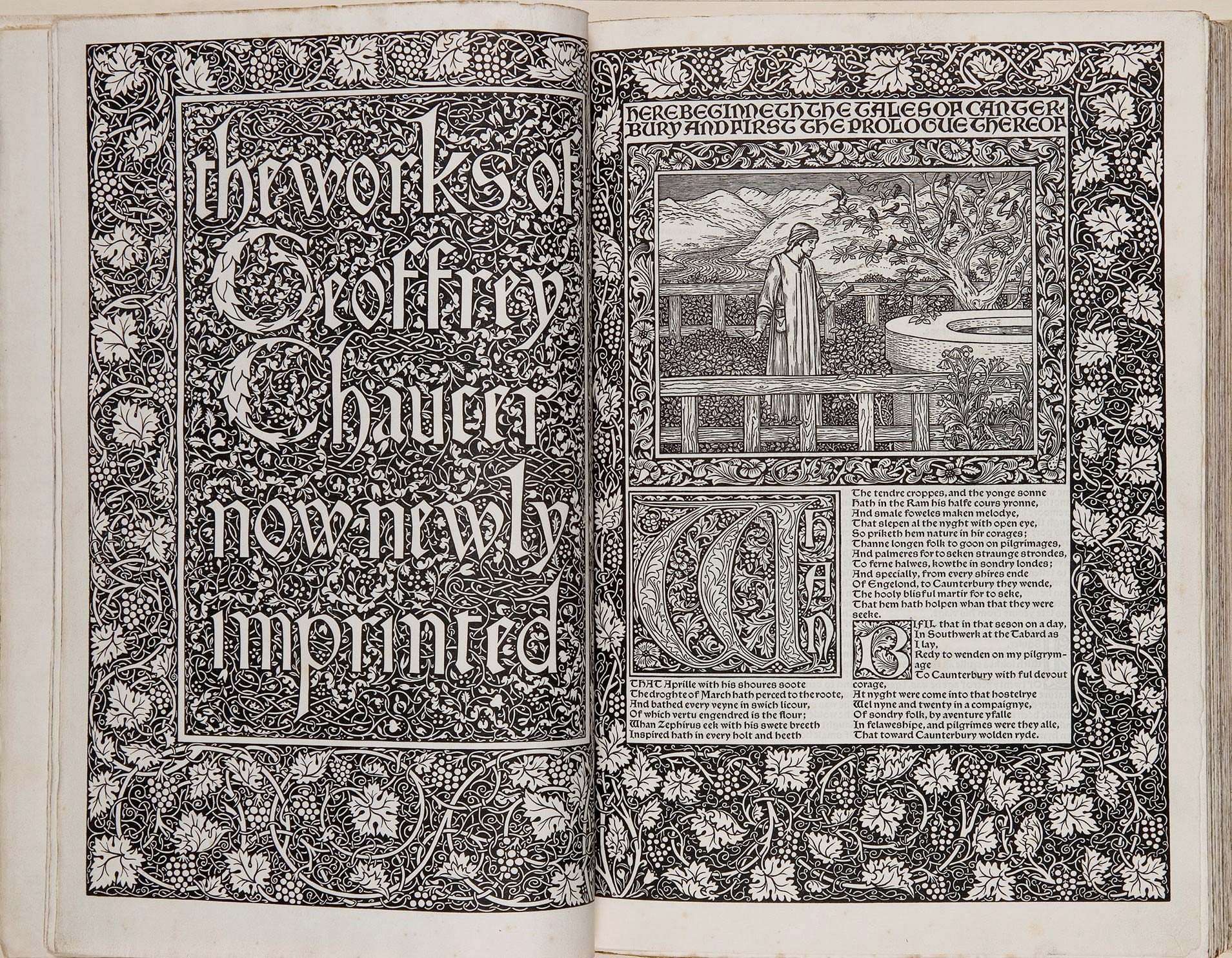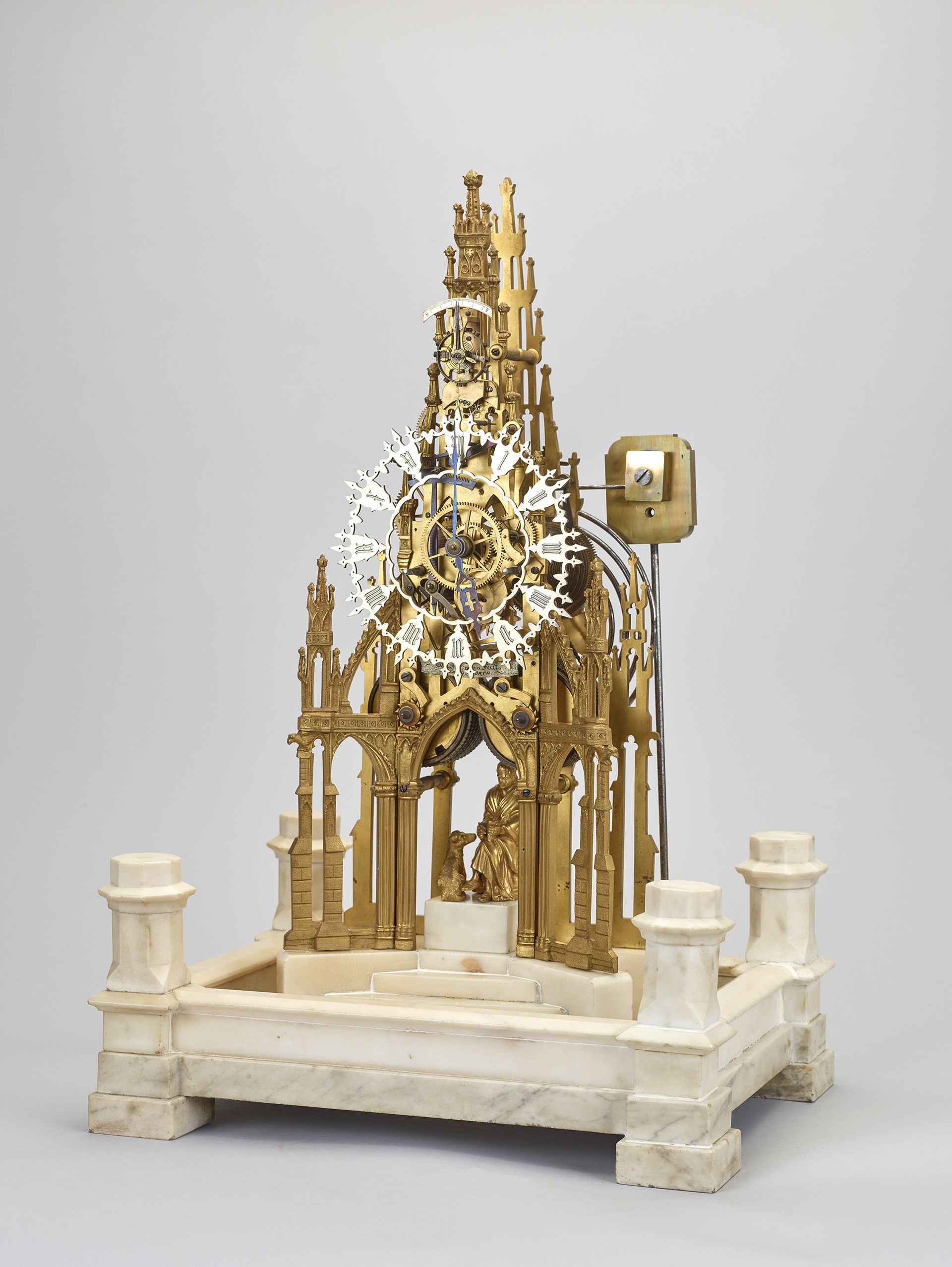Announcing Victorian Radicals: From the Pre-Raphaelites to the Arts and Crafts Movement
Radical artists and designers question industrialization and strive to create a more beautiful, ethical world.
NEW HAVEN, CT (December 19, 2019) — The Yale Center for British Art presents an exhibition focused on three generations of young and rebellious artists and designers who responded to the rise of industrialization by revolutionizing art in Victorian Britain. Flaunting a bright color palette, shocking content, and a taste for transgression, the Pre-Raphaelites challenged established ideas about what painting should address and how it ought to look. Designers from William Morris to C. R. Ashbee rejected industrial production, finding beauty in handmade objects and locally sourced materials. Victorian Radicals: From the Pre-Raphaelites to the Arts and Crafts Movement will be on view at the Center from February 13 through May 10, 2020, and will travel as part of a major US tour. The exhibition is organized by the American Federation of Arts and Birmingham Museums Trust.
With approximately 145 works by artists and designers such as Ford Madox Brown, Edward Burne-Jones, William Holman Hunt, John Everett Millais, William Morris, Dante Gabriel Rossetti, and Elizabeth Siddall, the exhibition’s paintings, drawings, watercolors, textiles, metalwork, and ceramics illuminate the ideas that preoccupied artists and critics at the time—the relationship between art and nature; questions of class and gender identity; the value of the handmade versus machine production; and the search for beauty in an age of industry—issues that remain relevant and actively debated today.
Tim Barringer, Paul Mellon Professor of the History of Art at Yale University and an exhibition curator, said, “This exhibition reveals the unruly and vibrant culture of Victorian Britain. The world’s first industrial nation was the site of a rebellion against the machine and against artistic convention. We are delighted to bring to the USA for the first time a superb range of objects from Birmingham Museums Trust, the finest of all collections of Victorian art and design.”
Victorian Radicals features one of the most famous Pre-Raphaelite paintings, John Everett Millais’s searingly intense The Blind Girl, a poignant figure study set in a natural landscape under a double rainbow. Other highlights from this period include commentaries on the harsh working conditions and social divisions in Britain at the time, such as Henry Wallis’s The Stonebreaker (1857) and Ford Madox Brown’s elaborate multifigure study of Work (1859–63).
Many works in Victorian Radicals contest conventional Victorian ideas about gender. In vivid compositions the painter Frederick Sandys depicts the vengeful mythic figure Medea and the sorceress Morgan le Fay. Simeon Solomon developed a pioneering queer iconography in works such as his strikingly erotic portrayal of Bacchus. The exhibition foregrounds the role of women as artists and models. Elizabeth Siddall is represented in the exhibition both as a fiercely original artist of the Pre-Raphaelite circle and as Rossetti’s model (and later wife). Women artists in the later sections of the exhibition include Kate Bunce, whose masterpiece, Musica, transforms the Pre-Raphaelite style to produce an icon of female creativity.
In the decorative arts, a return to medieval simplicity inspired designers to match form more closely to function and material. The exhibition includes stained-glass panels, ceramics, and metalwork created as a critique of industrial mass production by reform-minded designers and architects, such as A. W. N. Pugin and William Butterfield, as well as a group of exceptional handmade glass vessels designed by Philip Webb in 1859–60 and manufactured by the pioneering glassmakers James Powell & Sons, an early manifestation of modern design.
By the latter half of the 1850s, a younger generation of artists, including William Morris and Edward Burne-Jones, had launched a second wave of Pre-Raphaelitism inspired heavily by the rich colors, beauty, and romance of medieval art. In 1861, Morris gathered a group of “Fine Art Workmen” to form the most progressive and idiosyncratic company of the Victorian period, Morris, Marshall, Faulkner & Co. (later named Morris & Co). Bolstered by John Ruskin’s critiques of contemporary art and design, the company’s collaborative working methods and return to preindustrial techniques enabled its artist-designers to create objects that stood out from the factory-produced commodities of the period.
Some remarkable examples include stained glass by Morris, Rossetti, and Burne-Jones, tiles designed by Morris and Burne-Jones and painted by Kate and Lucy Faulkner, and a fine group of textiles and wallpaper designs by Morris. Victorian Radicals also includes an extraordinary gilded chest, The Hesperides Cassone (1888). Designed by Burne-Jones with decoration executed by Kate Faulkner, it was unseen outside Birmingham since it was first displayed at the 1893 Arts and Crafts Exhibition in London.
Drawing upon one of Europe’s great collections of fine and decorative art, Victorian Radicals is a comprehensive and unprecedented testament to three generations of the most influential artists in British history. Their vision inspired artists, from Frank Lloyd Wright to Walter Gropius, and art movements, from European symbolism to the Bauhaus and international modernism. They changed the practice, purpose, and perception of the visual arts by both embracing the past and laying the groundwork for the art and design revolutions of the new century.
Credits
Victorian Radicals: From the Pre-Raphaelites to the Arts and Crafts Movement is organized by the American Federation of Arts and Birmingham Museums Trust. This exhibition is supported by a grant from the National Endowment for the Arts. Additional funding is provided by Clare McKeon and the Dr. Lee MacCormick Edwards Charitable Foundation.
Curators
Tim Barringer is Paul Mellon Professor and Chair of the History of Art at Yale University. He specializes in the art of Britain and the British Empire, notably the Pre-Raphaelites and American painting. He has curated exhibitions at Tate Britain, Yale, and the Metropolitan Museum of Art.
Courtney Skipton Long is Acting Assistant Curator of Prints and Drawings and organizing curator of the exhibition at the Yale Center for British Art.
Martin Ellis is a freelance curator, lecturer, and broadcaster. As Curator of Applied Art at Birmingham Museum and Art Gallery for many years, he has particular expertise in the fields of metalwork, ceramics, and stained glass.
Victoria Osborne is Curator of Fine Art for Birmingham Museums Trust, specializing in British nineteenth-century works on paper. She has co-curated several major international loan exhibitions of British nineteenth-century art.
Opening Program
February 19, 2020, 5:30 pm
Radical Victorians in Art and Music
Tim Barringer, curator of Victorian Radicals, introduces a program of Victorian art and music that protested the industrialization of that era and offered radical, utopian alternatives. Soprano Lucy Fitz Gibbon and pianist Ryan McCullough perform scores ranging from popular ballads, and socialist anthems accompanied by the words of William Morris, to the lyrical work of composer Charles Villiers Stanford and the inimitable satire of W. S. Gilbert and Arthur Sullivan.
Conference
Thursday, March 26–Saturday, March 28, 2020
Radical Victorians
This program explores the cultural politics of the Victorian era under three main themes: the culture of exhibitions, Victorian media, and aesthetic theory and practice. It brings together scholars at various stages of their careers who have shed new light on Victorian art, design, and society. Central to the conference are four keynote lectures by professors Lucy Hartley, Morna O’Neill, Elizabeth Prettejohn, and Mary Roberts; a group of new research papers; and presentations by current graduate students. Breakout sessions present an opportunity to discuss objects in the Center’s collection, especially those on display in the coinciding exhibition, Victorian Radicals.
About the American Federation of Arts
The American Federation of Arts is the leader in traveling exhibitions internationally. A nonprofit organization founded in 1909, the AFA is dedicated to enriching the public’s experience and understanding of the visual arts through organizing and touring art exhibitions for presentation in museums around the world, publishing exhibition catalogues featuring important scholarly research, and developing educational programs.
About the Yale Center for British Art
The Center is a museum that houses the largest collection of British art outside the United Kingdom, encompassing works in a range of media from the fifteenth century to the present. It offers exhibitions and programs year-round, including lectures, concerts, films, symposia, tours, and family events. Opened to the public in 1977, the Center’s core collection and landmark building—designed by architect Louis I. Kahn—were a gift to Yale University from the collector and philanthropist Paul Mellon. It is free and open to all. Visit the Center online at britishart.yale.edu, and connect on Facebook, Twitter, Instagram, and YouTube @yalebritishart.
Media kit
Download our entire suite of documents and images related to this exhibition.

